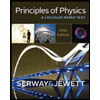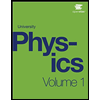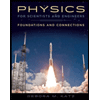You want to create a standing sound wave in its 2nd overtone. Your smartphone can generate any frequency you want. The only tube you have is 1.68m long. You can either block one end or not; it’s up to you. What frequency should you use? Draw the representation of the standing wave.
Properties of sound
A sound wave is a mechanical wave (or mechanical vibration) that transit through media such as gas (air), liquid (water), and solid (wood).
Quality Of Sound
A sound or a sound wave is defined as the energy produced due to the vibrations of particles in a medium. When any medium produces a disturbance or vibrations, it causes a movement in the air particles which produces sound waves. Molecules in the air vibrate about a certain average position and create compressions and rarefactions. This is called pitch which is defined as the frequency of sound. The frequency is defined as the number of oscillations in pressure per second.
Categories of Sound Wave
People perceive sound in different ways, like a medico student takes sound as vibration produced by objects reaching the human eardrum. A physicist perceives sound as vibration produced by an object, which produces disturbances in nearby air molecules that travel further. Both of them describe it as vibration generated by an object, the difference is one talks about how it is received and other deals with how it travels and propagates across various mediums.
- You want to create a standing sound wave in its 2nd overtone. Your smartphone can generate any frequency you want. The only tube you have is 1.68m long. You can either block one end or not; it’s up to you. What frequency should you use? Draw the representation of the standing wave.
Trending now
This is a popular solution!
Step by step
Solved in 6 steps with 5 images








